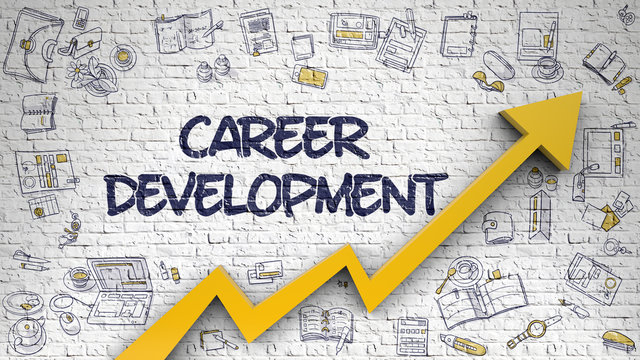In today’s fast-paced world, achieving a healthy work-life balance is essential for overall well-being and career satisfaction. Balancing the demands of work with personal life commitments can be challenging, but it’s crucial to prioritize wellness to prevent burnout and maintain long-term success. In this article, we’ll explore strategies for achieving work-life balance and prioritizing wellness in your career development journey.
Introduction to Work-Life Balance
Work-life balance refers to the equilibrium between professional responsibilities and personal activities. It involves managing time effectively to fulfil work obligations while also making time for family, leisure, and self-care. Achieving a healthy work-life balance is important for reducing stress, improving mental health, and enhancing overall quality of life.
Challenges of Maintaining Work-Life Balance
Maintaining work-life balance can be challenging due to various factors, including:
- Demanding work schedules
- Pressure to meet deadlines and deliverables
- Technology blurring the boundaries between work and personal life
- Guilt or fear of missing out on career opportunities
Strategies for Prioritizing Wellness
To prioritize wellness and achieve work-life balance, consider the following strategies:
- Time Management Techniques: Use tools like calendars and to-do lists to organize tasks and allocate time for work and personal activities.
- Setting Boundaries: Establish clear boundaries between work and personal life by defining specific work hours and unplugging from work-related devices during non-working hours.
Implementing Self-Care Practices
Self-care is essential for maintaining overall well-being. Incorporate the following self-care practices into your routine:
- Physical Well-being: Exercise regularly, eat a balanced diet and prioritize adequate sleep to support physical health.
- Mental Health: Practice mindfulness, engage in hobbies, and seek support from friends and family to manage stress and promote emotional well-being.
Creating a Supportive Work Environment
A supportive work environment can contribute to work-life balance. Consider the following factors:
- Company Policies and Culture: Look for employers that prioritize work-life balance through policies such as flexible work hours, telecommuting options, and wellness programs.
- Flexible Work Arrangements: Negotiate flexible work arrangements, such as part-time hours or remote work, to accommodate personal responsibilities and preferences.
Balancing Personal and Professional Goals
Balancing personal and professional goals requires identifying priorities and aligning values. Consider the following:
- Identifying Priorities: Reflect on what matters most to you in both your personal and professional life, and allocate time and resources accordingly.
- Aligning Values: Seek opportunities that align with your values and support your long-term goals, both personally and professionally.
Measuring Success in Work-Life Balance
Success in work-life balance can be measured by various indicators, including:
- Quality of Life Indicators: Assess factors such as satisfaction with work and personal life, stress levels, and overall happiness.
- Personal Fulfillment: Evaluate whether you feel fulfilled and content in both your professional and personal pursuits.
The Role of Career Development in Work-Life Balance
Career development plays a crucial role in achieving work-life balance. By advancing skills, pursuing growth opportunities, and finding fulfilment in your career choices, you can enhance your overall well-being and satisfaction in both your professional and personal life.
Conclusion
Prioritizing wellness in your career development journey is essential for achieving work-life balance and long-term success. By implementing strategies for time management, self-care, and creating a supportive work environment, you can maintain balance and fulfilment in both your professional and personal life.




